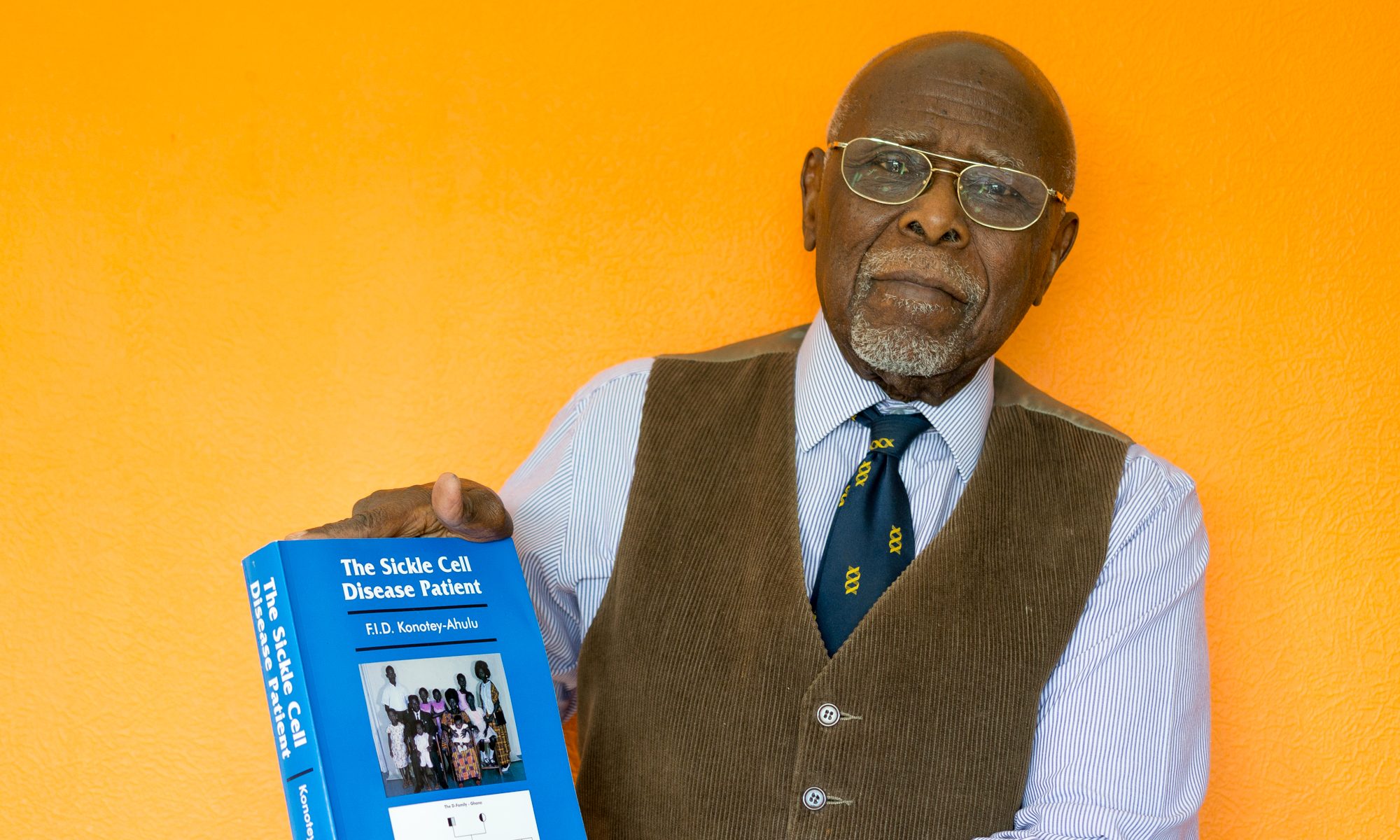Last week’s Scienceonline (December 6 2007) had a most instructive report by American scientists, Timothy Townes, Rudolph Jaenisch, Jacob Hanna, and others from the University of Alabama and Massachusetts Institute of Technology’s Molecular Biology Department. They proved that mice that had been genetically modified in the laboratory to develop sickle cell anaemia can be made to produce embryonic stem cells from cells collected in the skin of their tails. Embryonic stem cells are known to be capable in later life of developing into any of different tissues. These so-called induced pluripotent stem cells (IPS cells) were then made to produce healthy haemoglobin by replacing the defective beta-globin sickle cell gene (S) with normal adult gene producing haemoglobin-A (nothing to with Blood Group A!). These were then injected into similar mice with sickle cell anaemia and, lo and behold, normal adult haemoglobin was produced and the mice improved clinically.
So far so good news, but the cautionary tale is this: it needs the help of retroviruses to shift the genes around to give the required result, and where did you last hear of retroviral activity? AIDS, of course and as one of the scientists put it: “We need a delivery system that does not integrate itself inside the genome. Retroviruses can disrupt genes that should not be disrupted or activate genes that should not be activated”.
If skin cells of mice can be made to behave like embryonic cells which obey orders given them to produce this or that, the next question is this: “Can human skin cells from sickle cell anaemia patients be similarly programmed to this end?” We can’t wait, though we know that transplanting induced pluripotent cells carry a high cancer risk, not to mention the effect of the high dose of X-rays required to destroy the faulty blood cells in the body before the new ones are planted.
Two more comments:
(i) How much would a New Yorker pay for the procedure, if it proved successful in humans? Cost itself should not disqualify a process that would abolish pain, but one needs ask the question. Until persons producing inherited ‘ACHEACHE’ haemoglobin begin to be able to produce acquired ‘NORMNORM’ or ‘NORMACHE’ haemoglobin through IPS cell manipulation, we need to pursue the public health measures that I have been stressing for preventing crises, and we must continue urging on our kith and kin genetic counselling with voluntary family size limitation [Konotey-Ahulu FID, The Lancet, 1 December 2007, volume 370, pages 1826-27: “Need for ethnic experts to tackle genetic public health”]
(ii) A report by one Eric Bender in

Rather nice place you’ve got here. Thanks for it. I like such topics and anything connected to this matter. I definitely want to read more on that blog soon.
Kate Swenson
escort schweiz